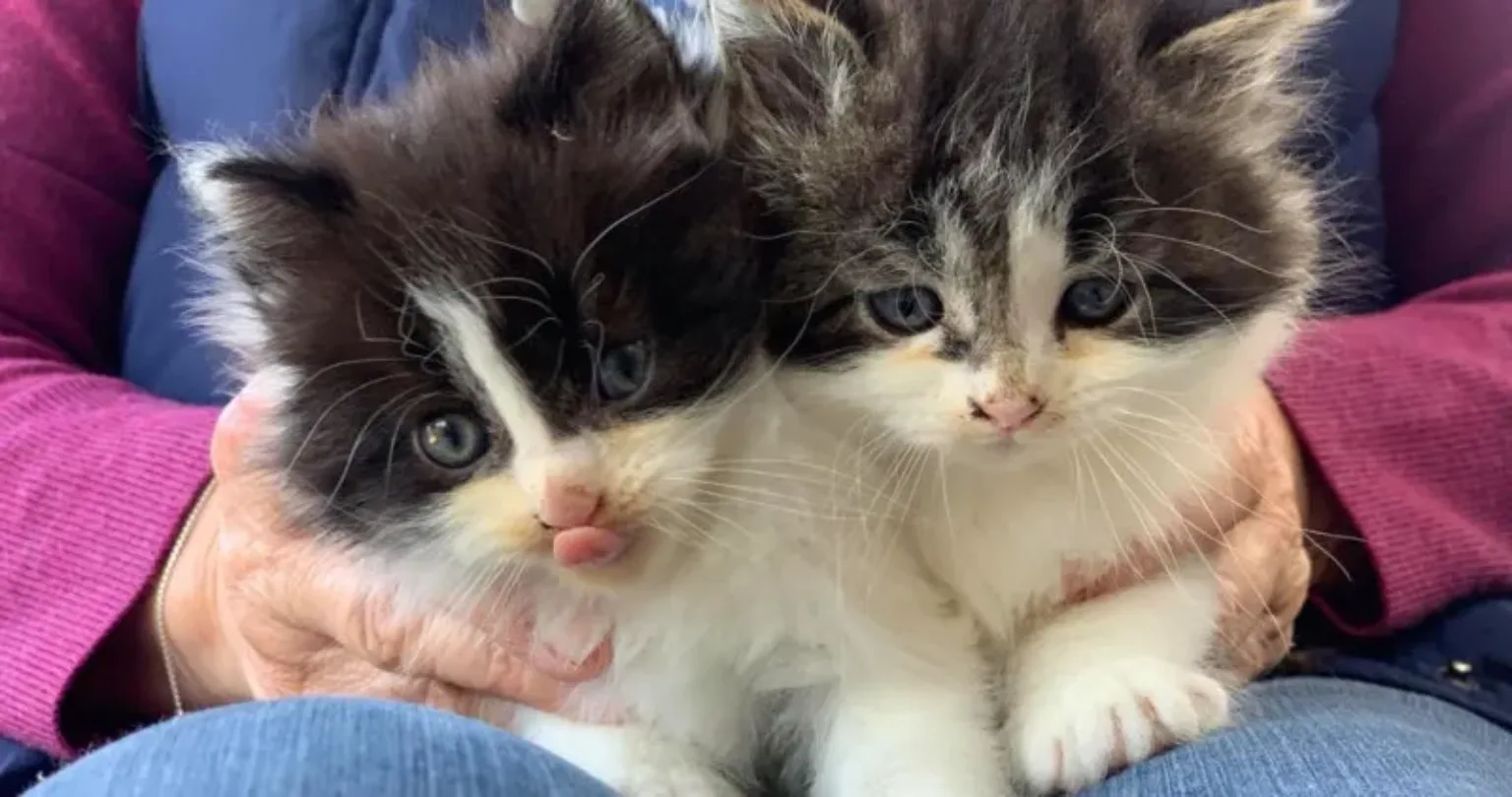When it comes to pets, we've all got questions
Ever feel like your pet is from another planet?

Have you ever noticed your cat eating grass, and wondered why they are doing it?
Normally, the hair travels through their intestine and is passed in faeces. When this doesn’t happen, your cat will regurgitate and vomit up the hairball instead. If the vomiting is persistent, then you should contact your vet.
There are a number of products your vet may recommend to treat hairballs, most of them are lubricant based. This helps the hairball pass through the intestines more easily. There also some diets that claim to help the prevention of hairballs – speak to your vet for advice on these.
If your cat is vomiting persistently due to hairballs, your vet may carry out routine blood tests to ensure there’s not an underlying condition.
It’s a good idea to discuss costs with your vet before you start any treatment.
The best way to help prevent hairballs is by grooming your cat. Regular grooming will limit the amount of hair your cat ingests, decreasing the amount of hairballs they produce.
Make sure you review the clinical history of your new pet and ask for more details on how the hairballs have been treated. You’ll need to sign a disclaimer to confirm you’ve been made aware of the condition. Any pet who’s had treatment is likely to have pet insurance exclusions, so it’s worth discussing potential on-going costs with your vet.